Himeji Station
Finding Himeji castle once you get off the train at Himeji stations is pretty simple.Take the North entrance/exit, you can see Himeji Castle when you step outside, it is hard to miss as you walk down the main street (Otemae Street). A shopping arcade is on the right with convenience stores, souvenir shops cafe’s etc., grab a bite to eat if you need anything; prices are reasonable. Do your souvenir shopping on the way back. Notice the street grates which are reflective of the White Heron Castle.
Otemon Gate -Himeji Castle
About a fifteen minute walk to Otemon Gate, then across the bridge over the castle moat and follow the roadway until you reach the stone walls and castle grounds. The roadway lined on either side with pink flowering cherry blossoms and parkland.
The parkland either side of the roadway is where the Japanese enjoy celebrating ‘hanami‘ (which literally means ‘flower viewing’),when the cherry or sakuri blossoms are in full bloom, usually between March and May across the island of Japan. Hanami consists of having an outdoor party beneath the sakura blossoms during the day or in the evening. People set up their blue tarps beneath the cherry blossom trees. What a wonderful venue for celebrations below this magnificent castle
Himeji Castle sits in the center of Himeji city. Himeji Castle is also known as “White Heron” castle, outside walls covered in white plaster and upturned eaves said to make it look like flying birds. The use of white plaster is to re-enforce and fireproof the outside walls. The castle, made of wood, not stone, so fire prevention is crucial.
Himeji Defense system
The Castle, built on the top of a hill called Himeyama is 45.6 meters above sea level. The main tower which is the center and symbol of Himeji castle is 46.4 meters high, and stands 93 meters above sea level. Himeji castle is not only famous for the huge main tower but also for the highly effective and complicated defensive design which has would be intruders traveling around the castle in a spiral pattern before they can reach Keep. This allows defenders to watch the enemy and fire upon them from the Keep as they approached the Castle. In the walls of the main complex there are openings for throwing stones and scalding water, as wells as holes to fire arrows and rifles from within, without being seen.
Entry is through an impressive gate “Water Chestnut Gate”, the biggest gate in the Castle. Above the gate is a bell-shaped decoration “Kato-mado” usually attributed to Zen Buddhism. Once through the gate we commenced a gradual stepped climb to the castle keep; the bright sunshine casting shadows on the pathway from the gently curved walls.
Narrow walled ramps control access to the castle, this is part of the defense mechanism. As you get closer to the castle proper, notice the high stone walls capped by flat white surfaces. Whatever angle you view this castle from one can’t help but be impressed by the elegance and beauty of the architecture, as well as the defensive system.
Almost at the entrance to the castle proper is an arrow warehouse which is built on top of the stone wall, slat windows allow for arrow to be fired through the slots. If you look at the roof gable before you enter you will notice the circle tiles of the family crests. There is also a stone block with embedded crested tiles of the lords who built the castle.
The Main Keep – architecture
The main keep appears to be five stories but is actually seven stories, including a basement. The two massive main pillars used in construction of the keep are nearly one meter across and the main supports. The timber used throughout the castle is impressive in size. Look for the huge timber beams above the windows, and the timber used in the main hallways. For attention to detail look at the ornamental nail covers used to cover the nail heads; so beautifully crafted.
Samurai battle dress and weaponry
On display on the first floor, a number of Samurai battle dress worn by the Samurai; weapon racks for holding ancient matchlocks (rifles), gun powder pouches, and spears. Another classical point of interest in the inner defense system is a very narrow set of stairs to get to the next level. It has a deceiving large low beam,the beam guaranteed to slow down the enemy and cause headaches when the enemy bumps into it the dark, as they creep up the stairs into the castle.
At the top of the main tower sits the Osakabe Shinto Shrine. Originally the shrine was built on top of the hill where the castle now stands. The shrine, after several moves is now relocated in the main tower above the original hill site.
The West Bailey building is where Princess ‘Sen’ the eldest daughter of the second Shogun in the Tokugawa Government lived following her marriage to Tadatoki Honda, the son of Lord Tadamasa Honda. The couple spent many happy days in the west Bailey building. Life-like models of the couple can be seen in the rooms where they once lived. The Nishin-maru Bailey is a three hundred meter long building around the Lord’s mansion. Along the corridor are the maid’s rooms who served Princess Sen. This area and quarters of Princes Sen were locked at night and placed under guard.
Place of ritual suicide
Looking down from the main tower you are able to see where ‘Harakiri’ or ‘Seppuku’ the Samurai’s ritual suicide took place. The stone block sitting in the middle of the courtyard was for the decapitation. Nearby is a well for washing a beheaded. Exiting the castle by an interior secret door to the outside, we came out into the sunlight opposite the long storehouse near the back of the main tower. The storehouse used for rice and salt storage for when the castle came under siege. The low roof-line of the building has a distinctive gentle curve, a feature of Himeji castle architecture.
Himeji – wonderful architecture
This is the most amazing and picturesque castle, certainly worth the effort to see. In the plan of Himeji castle (White Heron castle) you can really see the brilliance of the architecture and defensive maze system around the castle. Himeji Castle is the most spectacular of Japan’s twelve remaining feudal castles. A must if you are a fan of the Shogun or Samurai Periods of Japanese history and architecture. It takes about one hour for the tour of the castle at a fairly leisurely pace, once you reach the grounds.
We decided to do add another day to our trip and take a train tomorrow and pay our respects at Hiroshima….
Related Posts:
- sensoji-Asakusa Kannon Temple
- The Kabuki Theatre
- Half Day Tokyo Tour
- Tokyo Japan travel to Nikko
- Toshogu Shrine Japan
- Nikko-Lake chuzenji & Kegon Waterfall|Tokyo-Japan-travel
- Mt-fuji-lake-ashi-komagatake-ropeway-japan
- What is an Irori,what is a jizai kagi Takayama gifu province Japan
- Takayama festival floats-matsuri festivals-gifu province japan
- Two headed monster-Sakurayama Hachimangu Shrine-Takayama-Gifu Province
- Hida hotel-Plaza | Farmers Market Takayama Japan
- Sugidama Sake breweries – traditional shops Takayama Japan
- 450 year old cherry blossom trees scenic Miboro dam Takayama
- The old Toyama family farmhouse Shirakawa-go
- Ancient a-frame Gassho-zukuri homes – villages of Shirakawa-go
- Doburoku matsuri festival Gokayama-washi Shirakawago villages
- Kanazawa railway station east plaza city center
- Kanazawa shrine Kanazawa – marsh of gold
- Perfect landscaping Kenrokuen GardenPark Kanazawa
- Spectacular cherry blossom trees Kanazawa castle park Japan
- Samurai-Nagamach Samurai District-Kanazawa a green city
- Beautiful geisha tea house of the geisha ochaya shima
- Paradise of gold for an artisan Kanazawa
- Nijo Castle Ninomaru Palace and gardens
- Golden Pavilion Kinkaku Ju Kyoto
- Kyoto Imperial Palace Kyoto
- Kyoto Heian shrine-heavenly weeping cherry blossom trees
- Sanjusangen-do-temple-1001-golden-statues Kyoto
- Kiyomizu-dera-kyoto-japanese buddhism
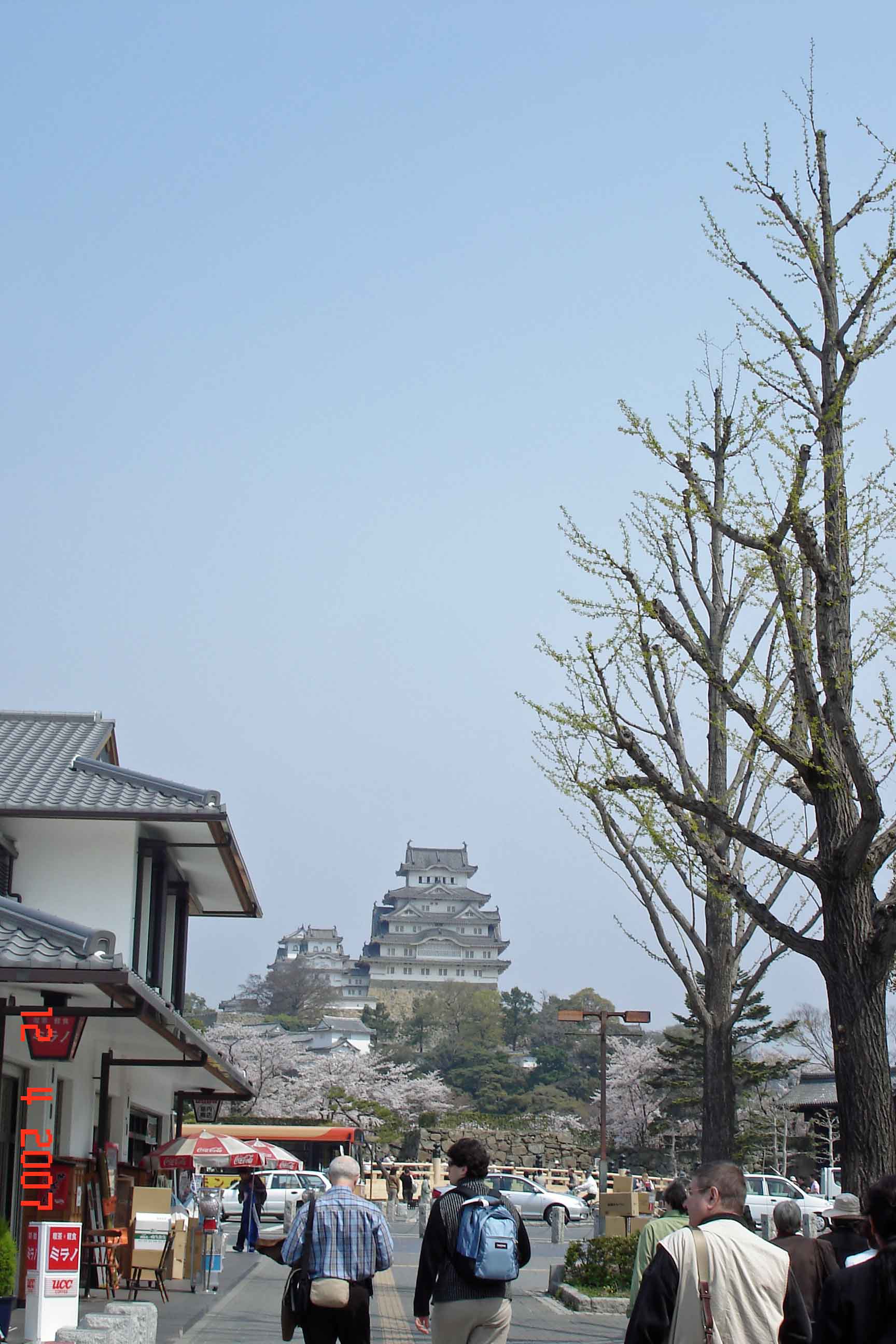
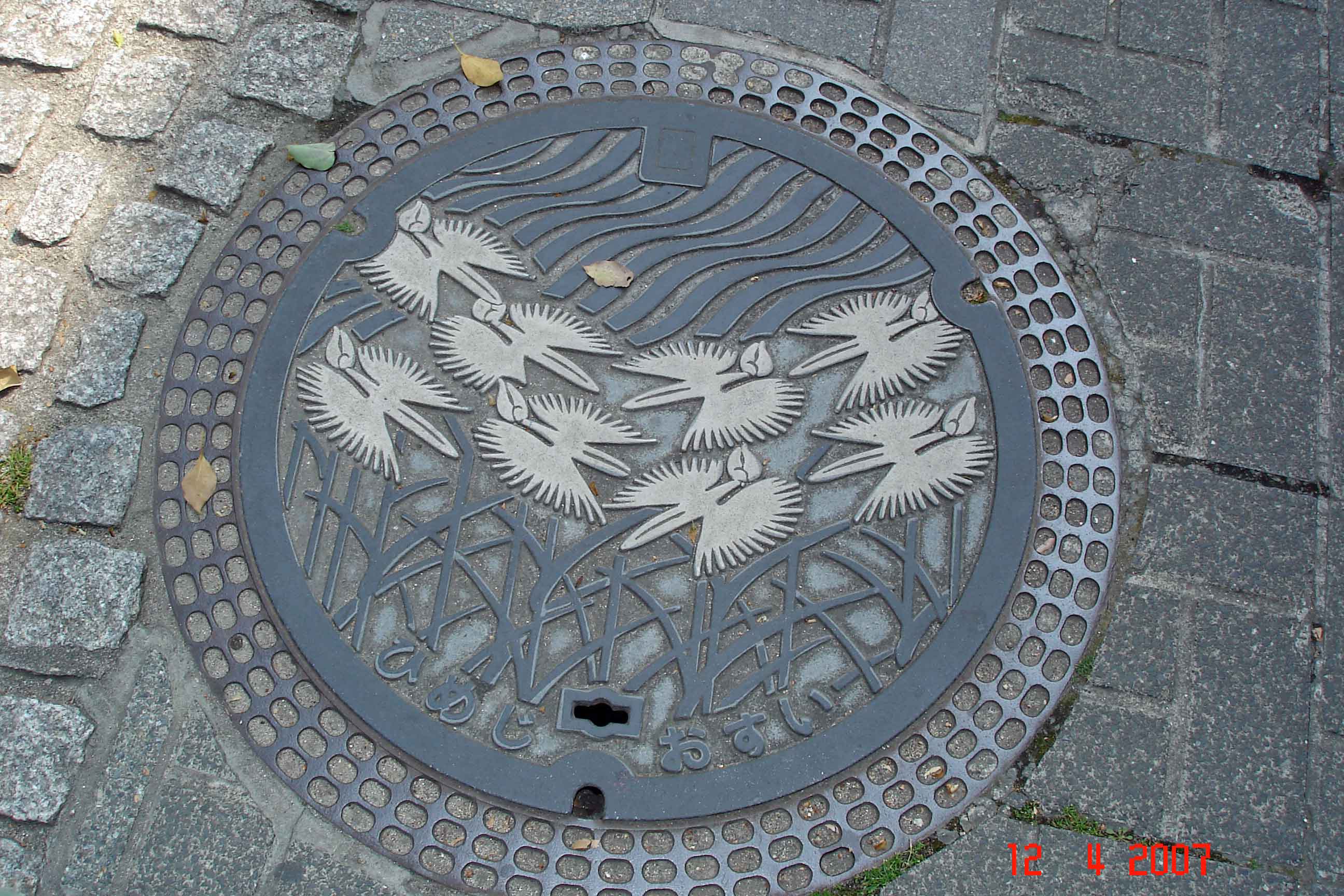
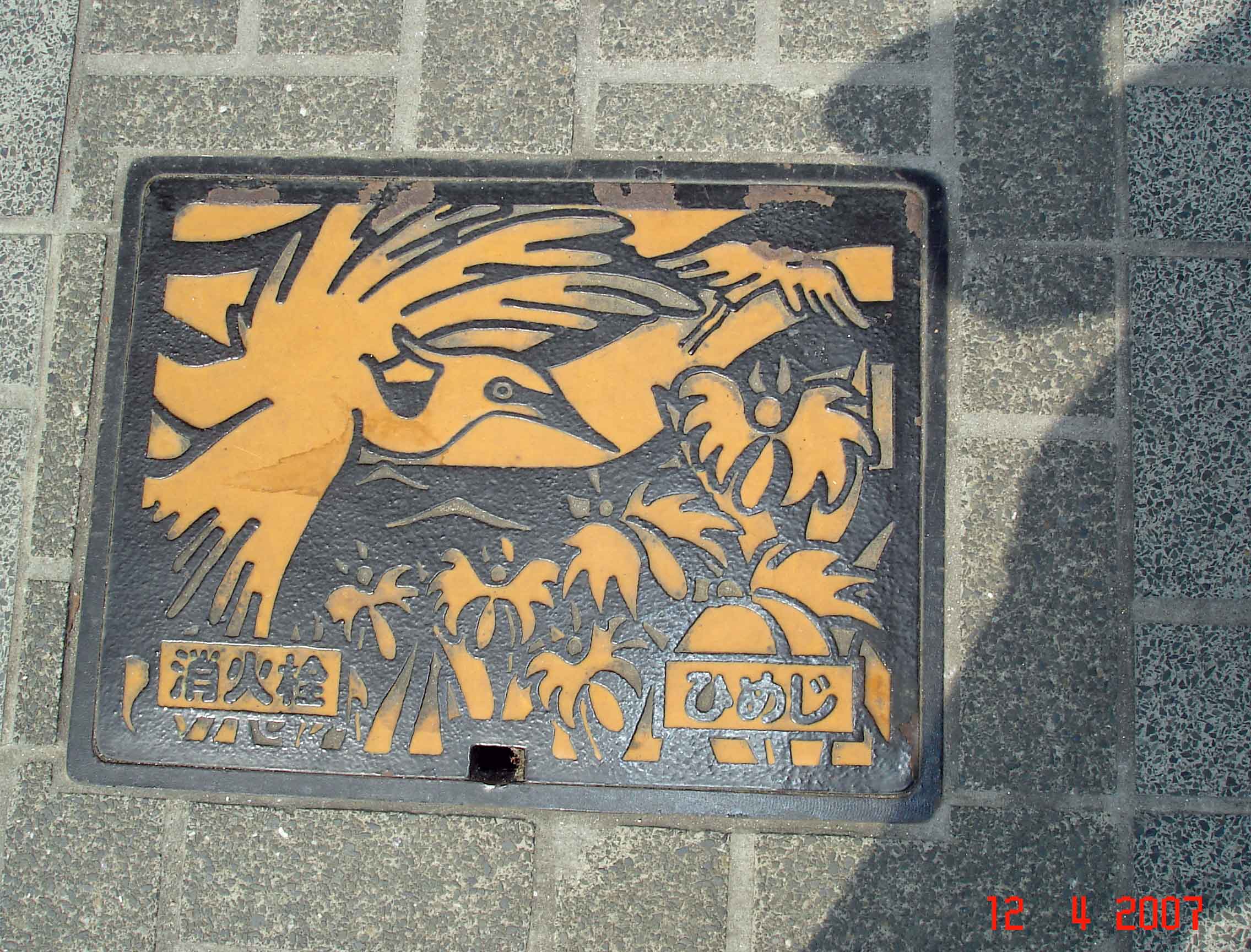
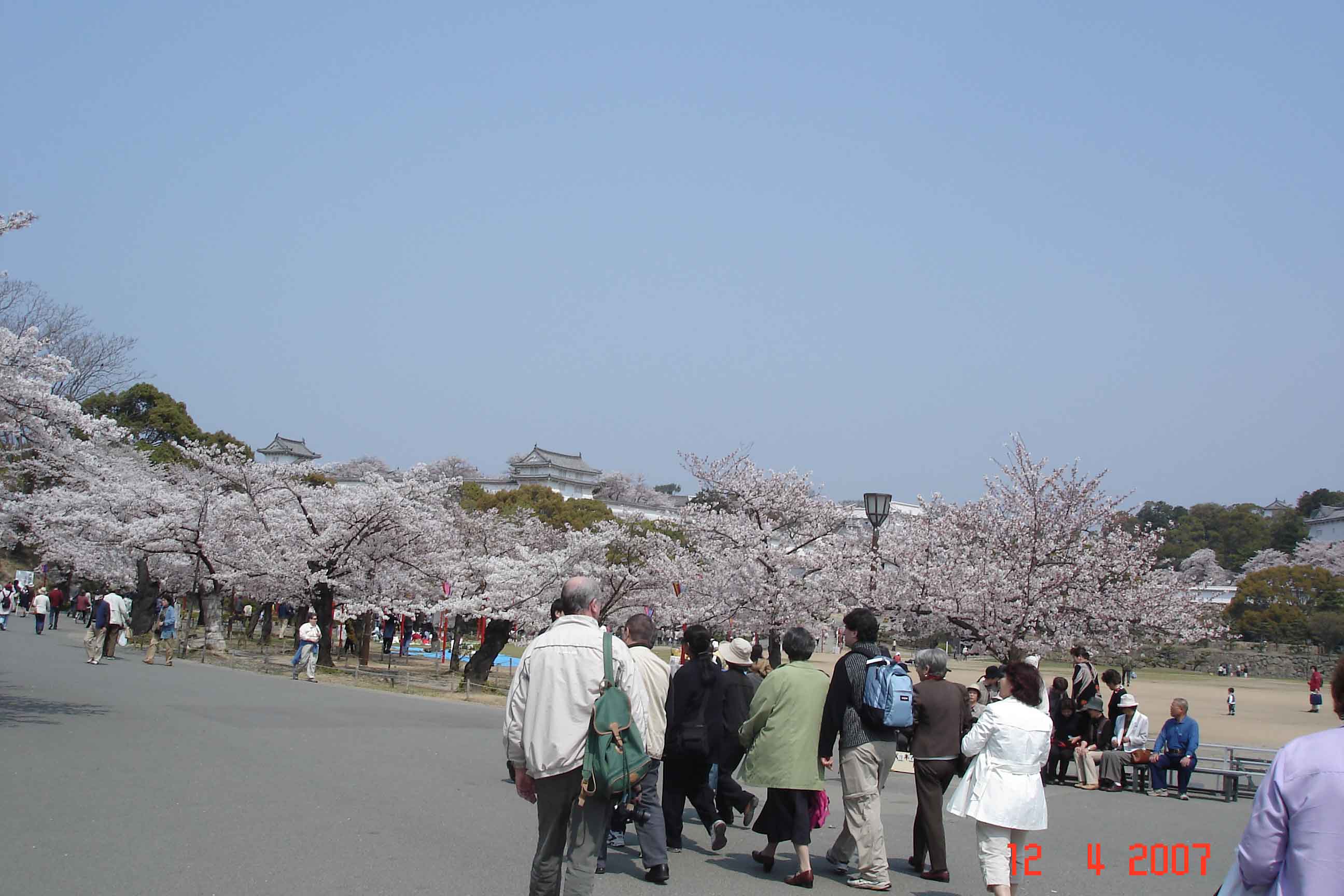
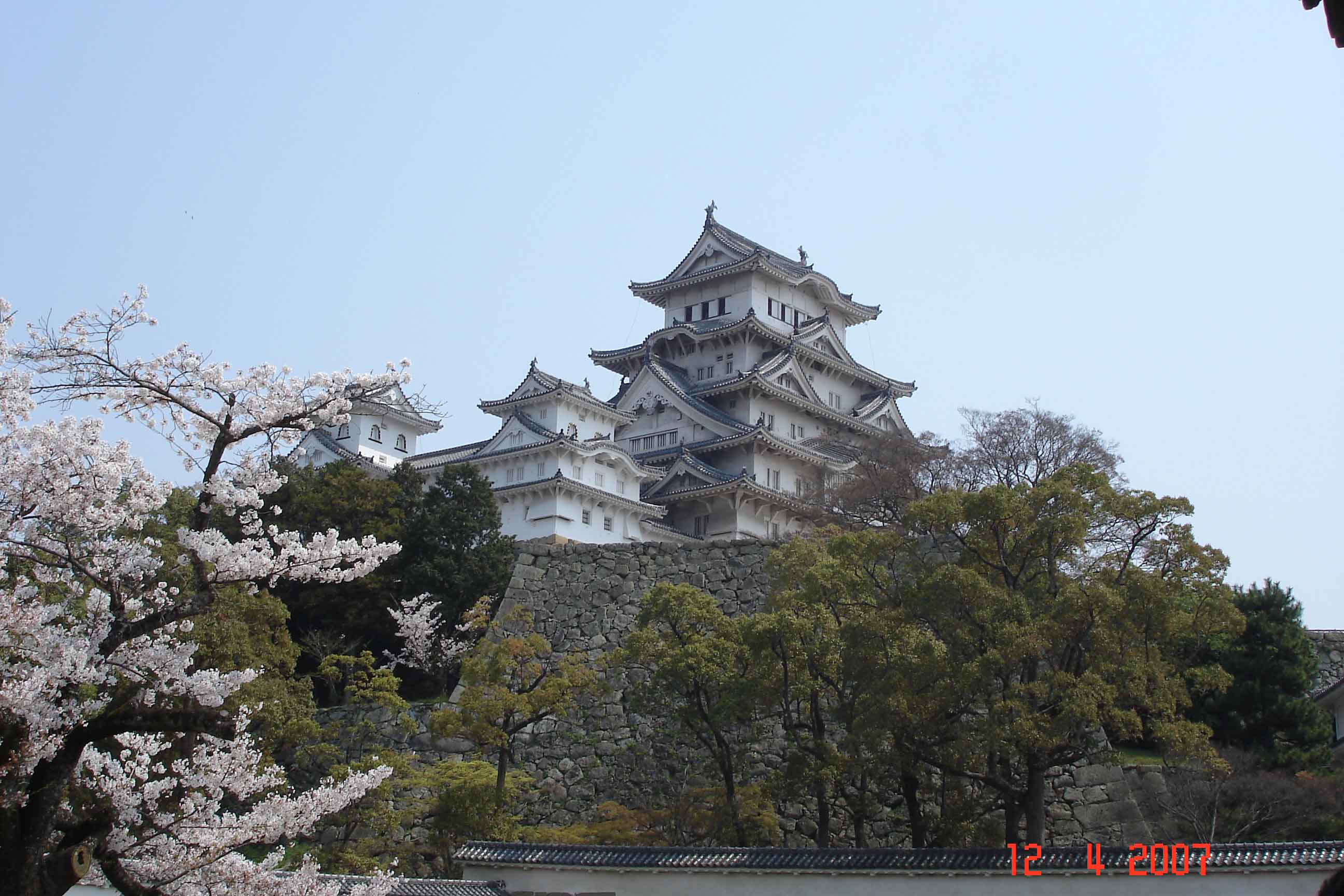
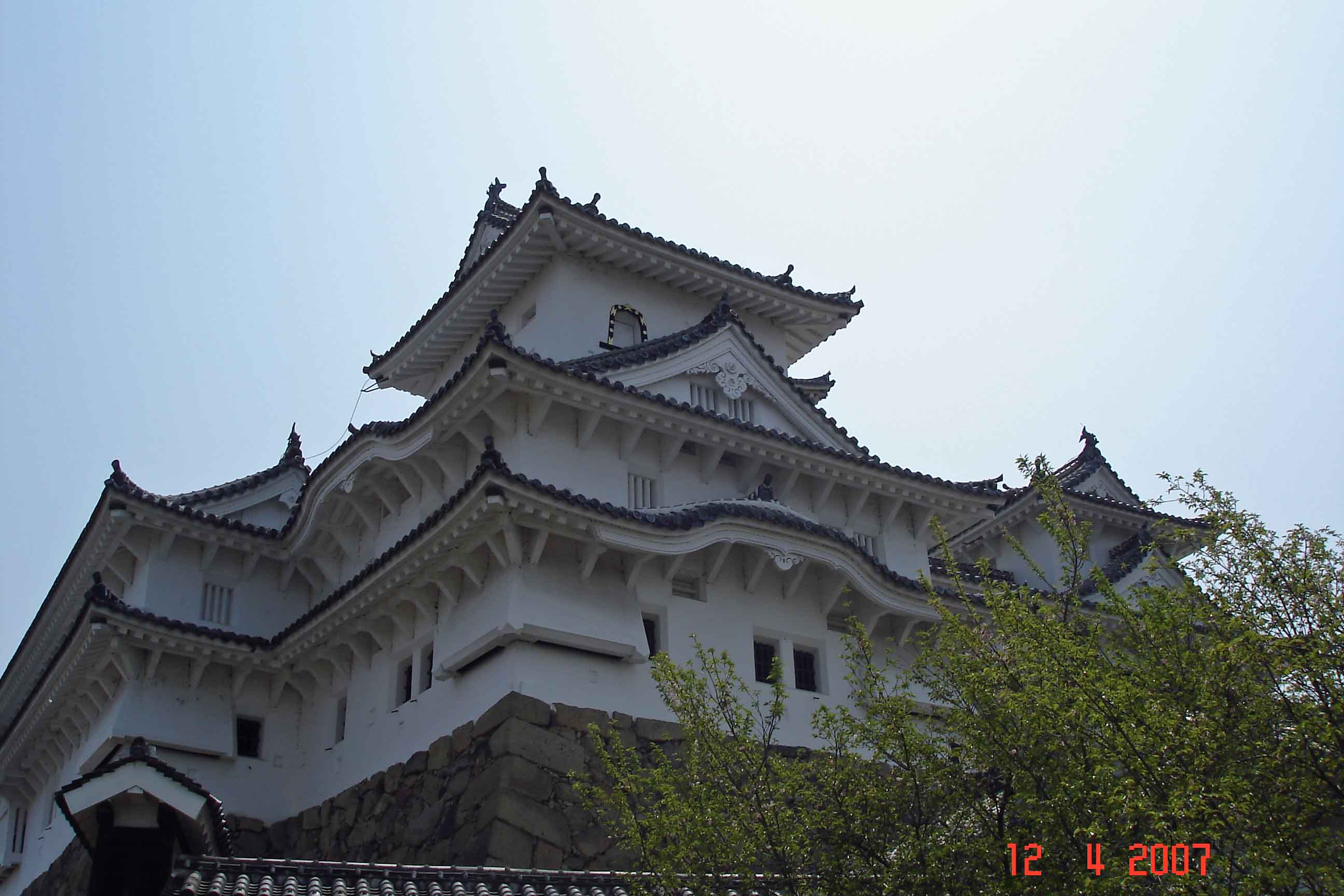
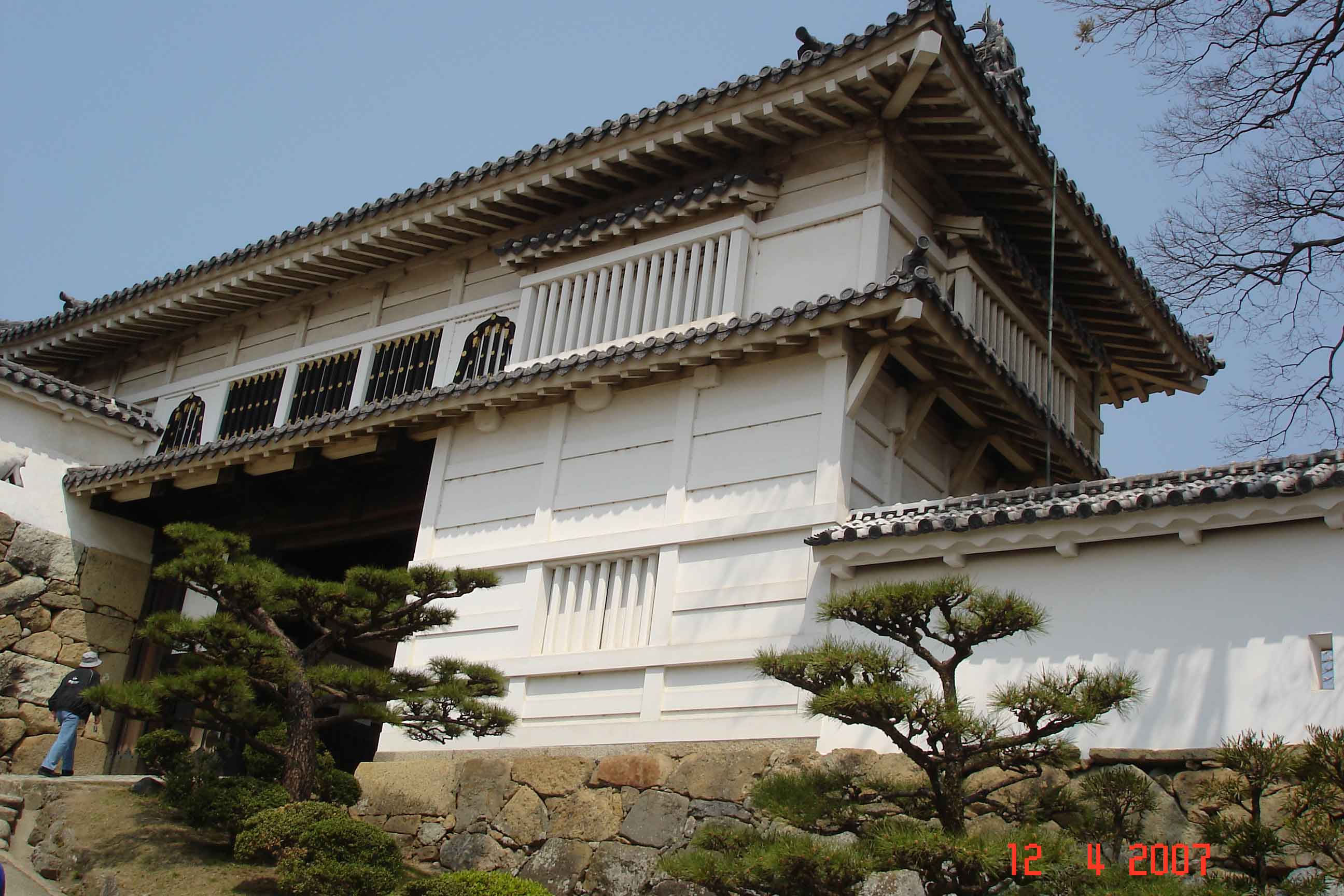
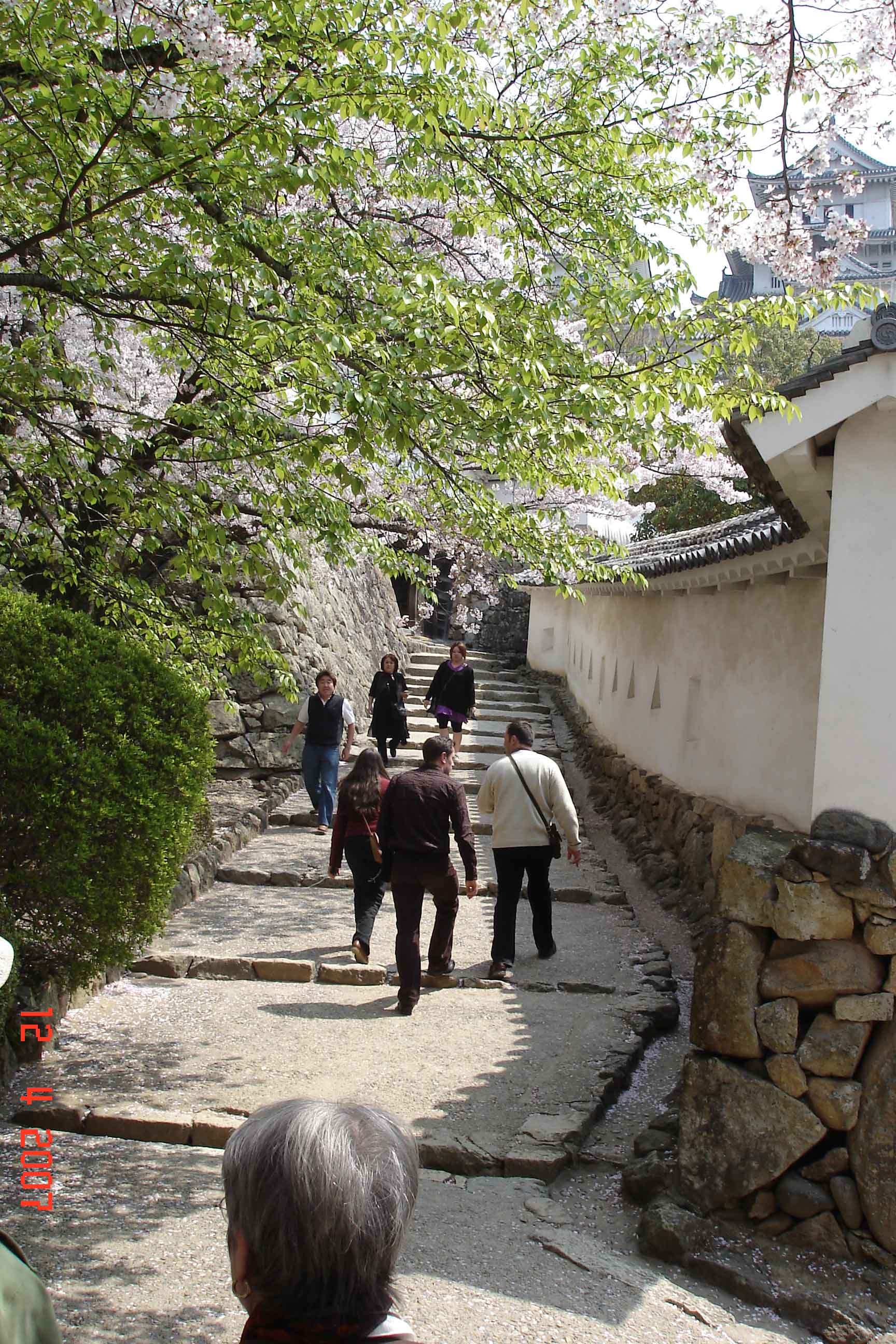
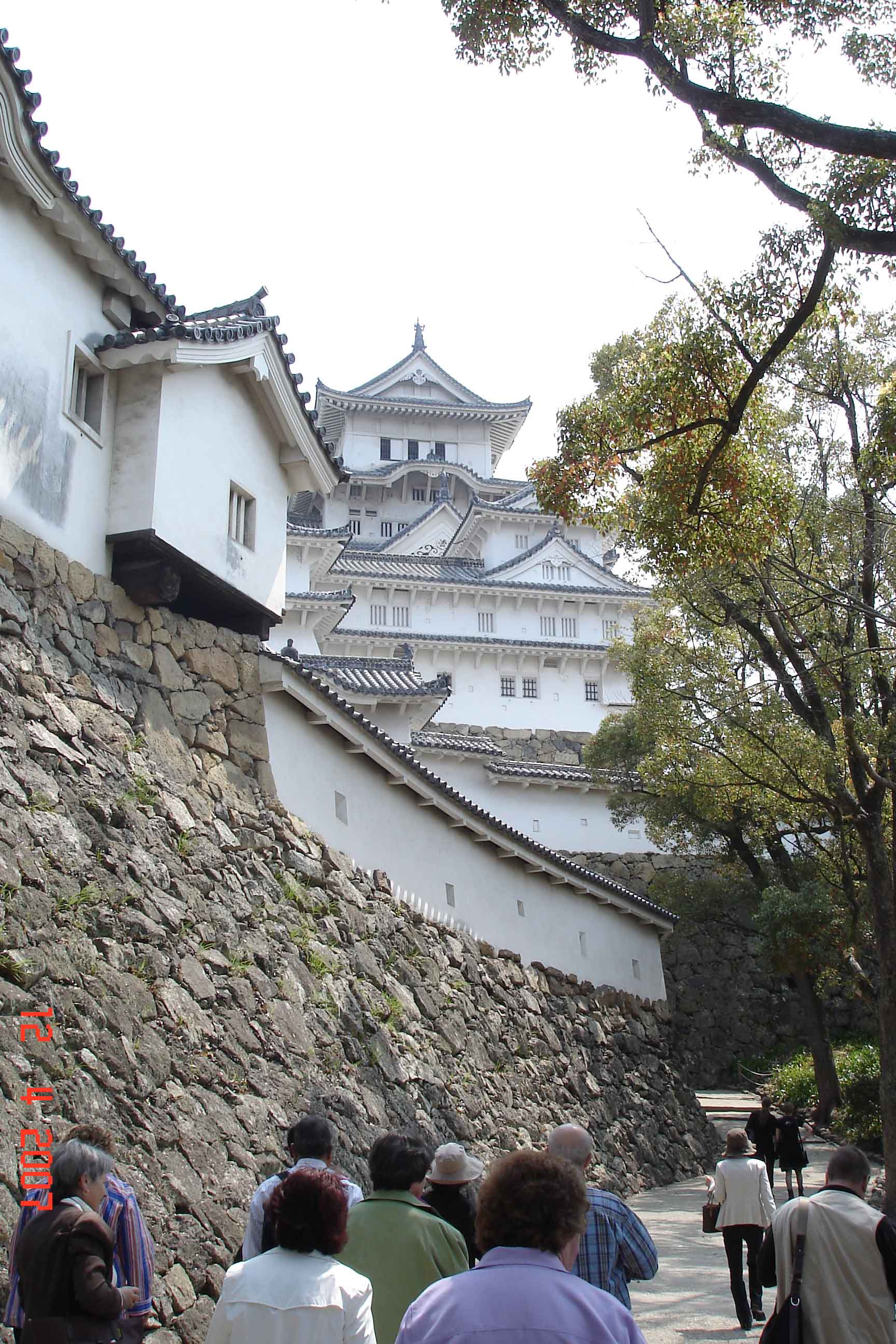
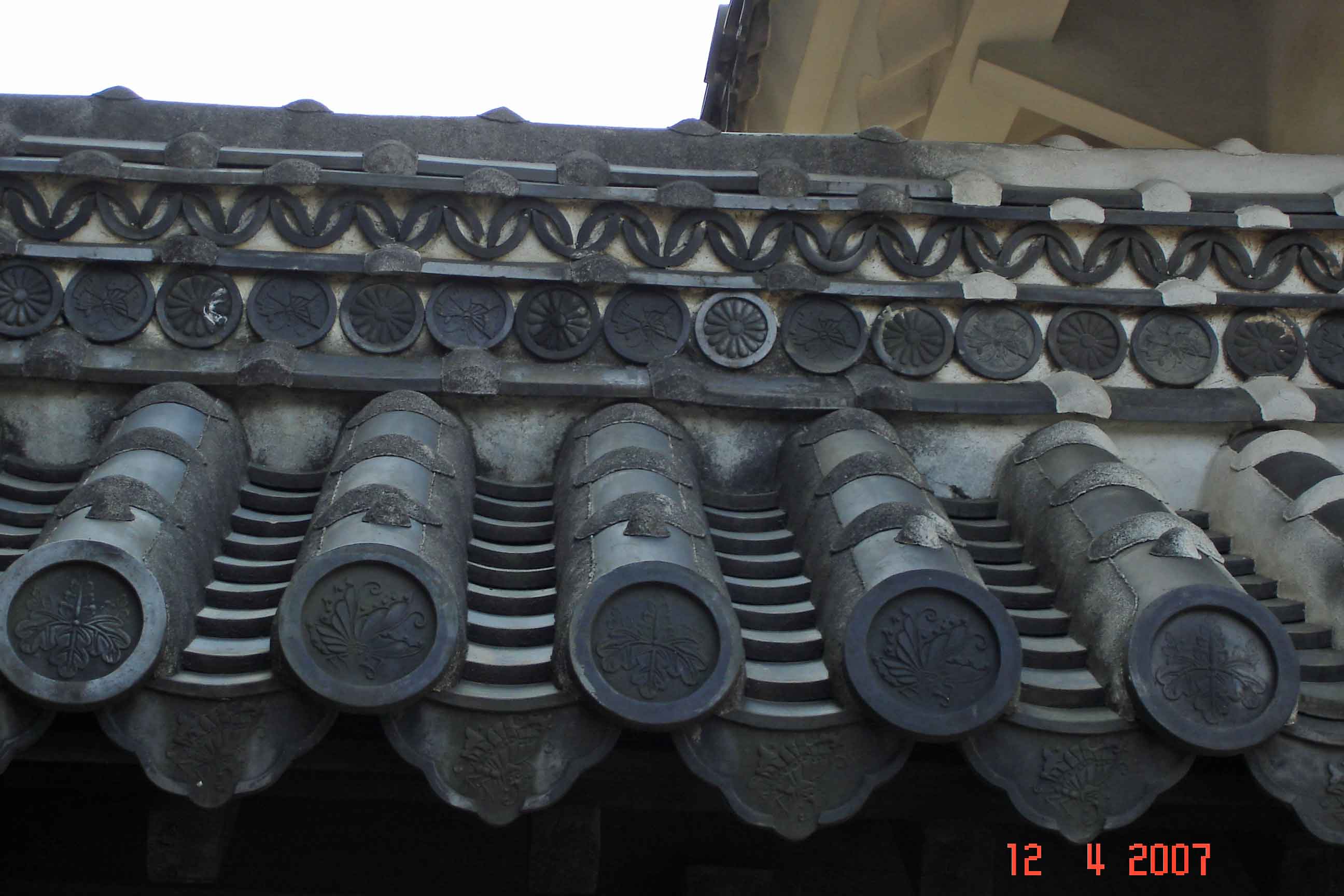
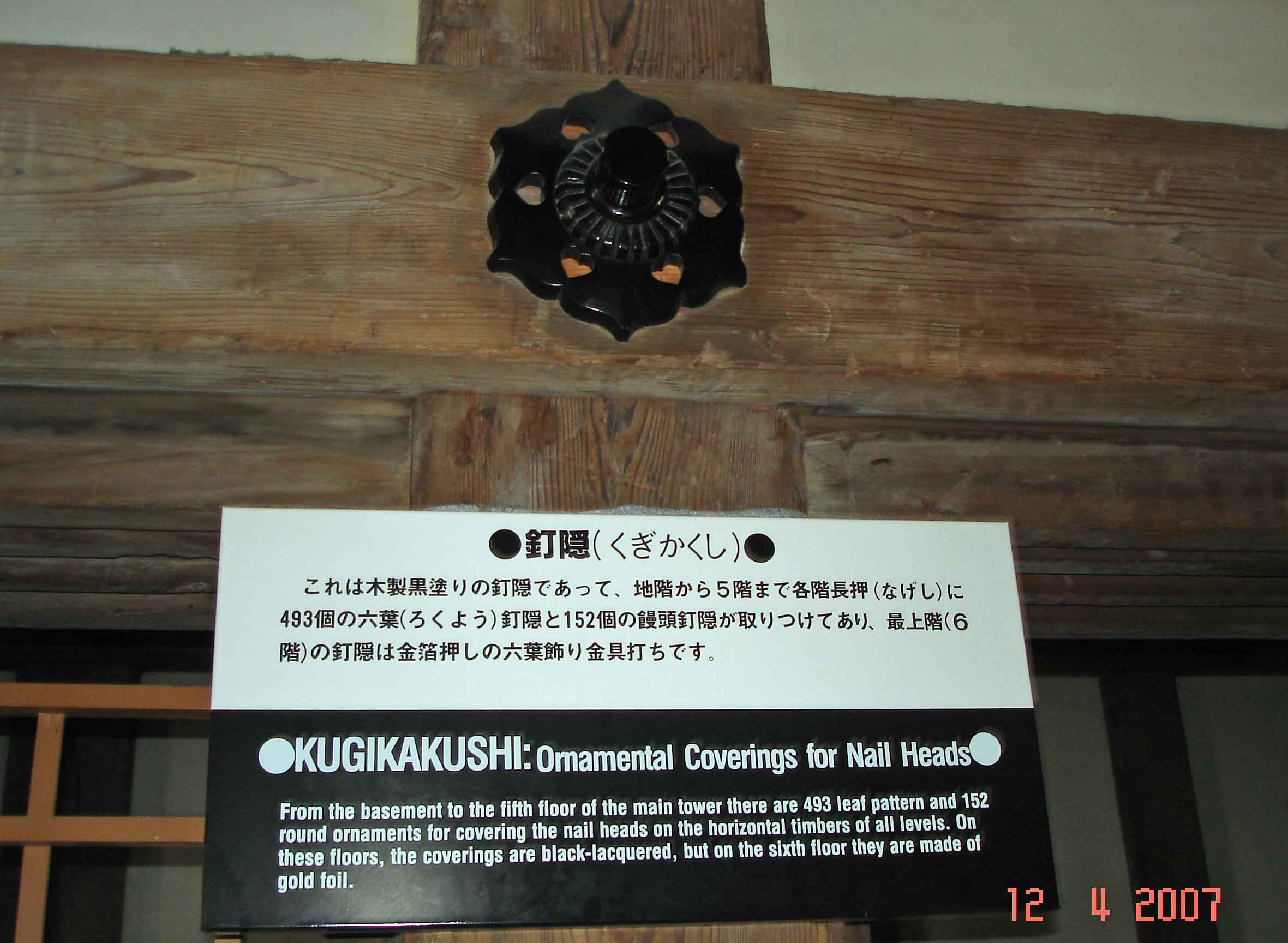
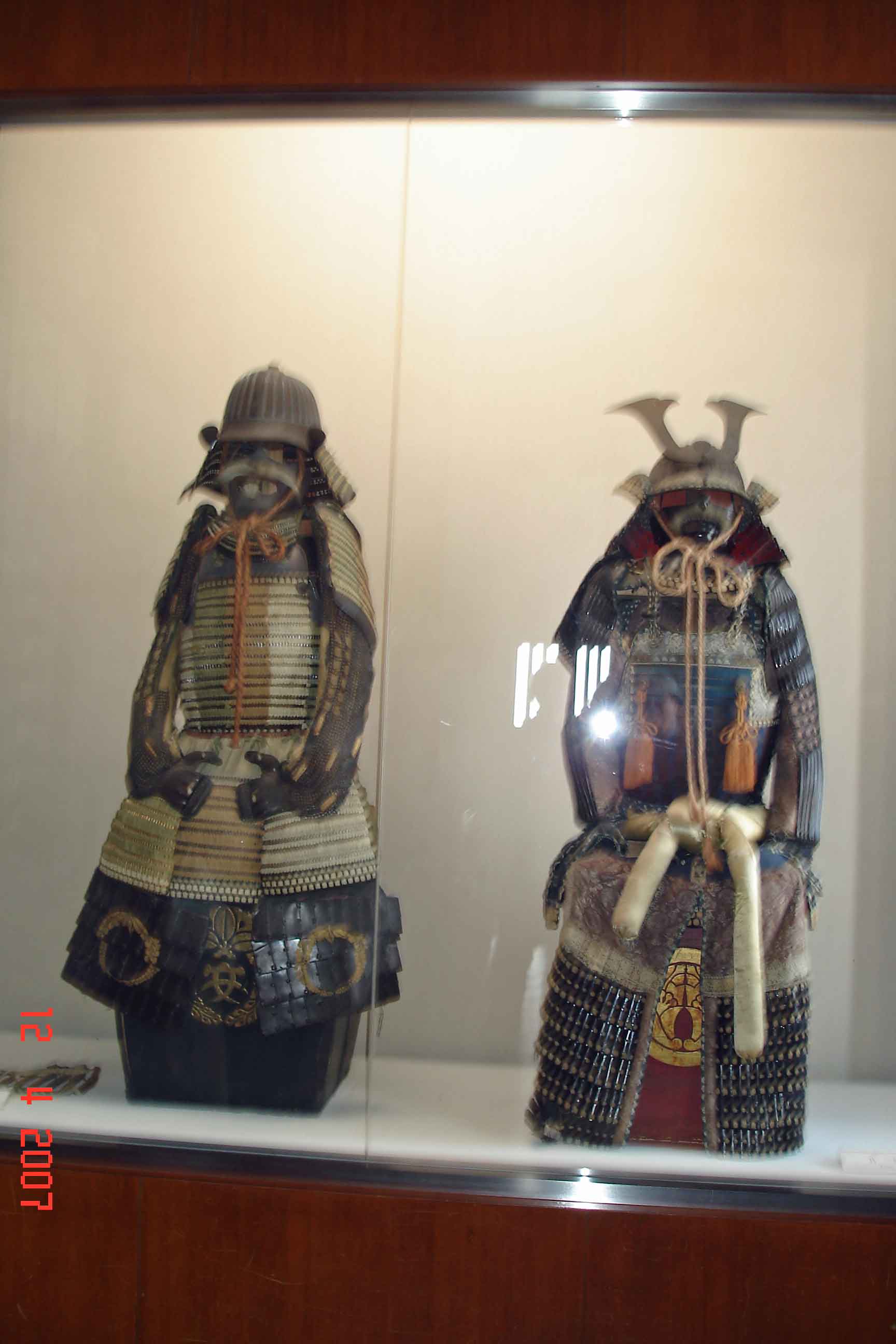
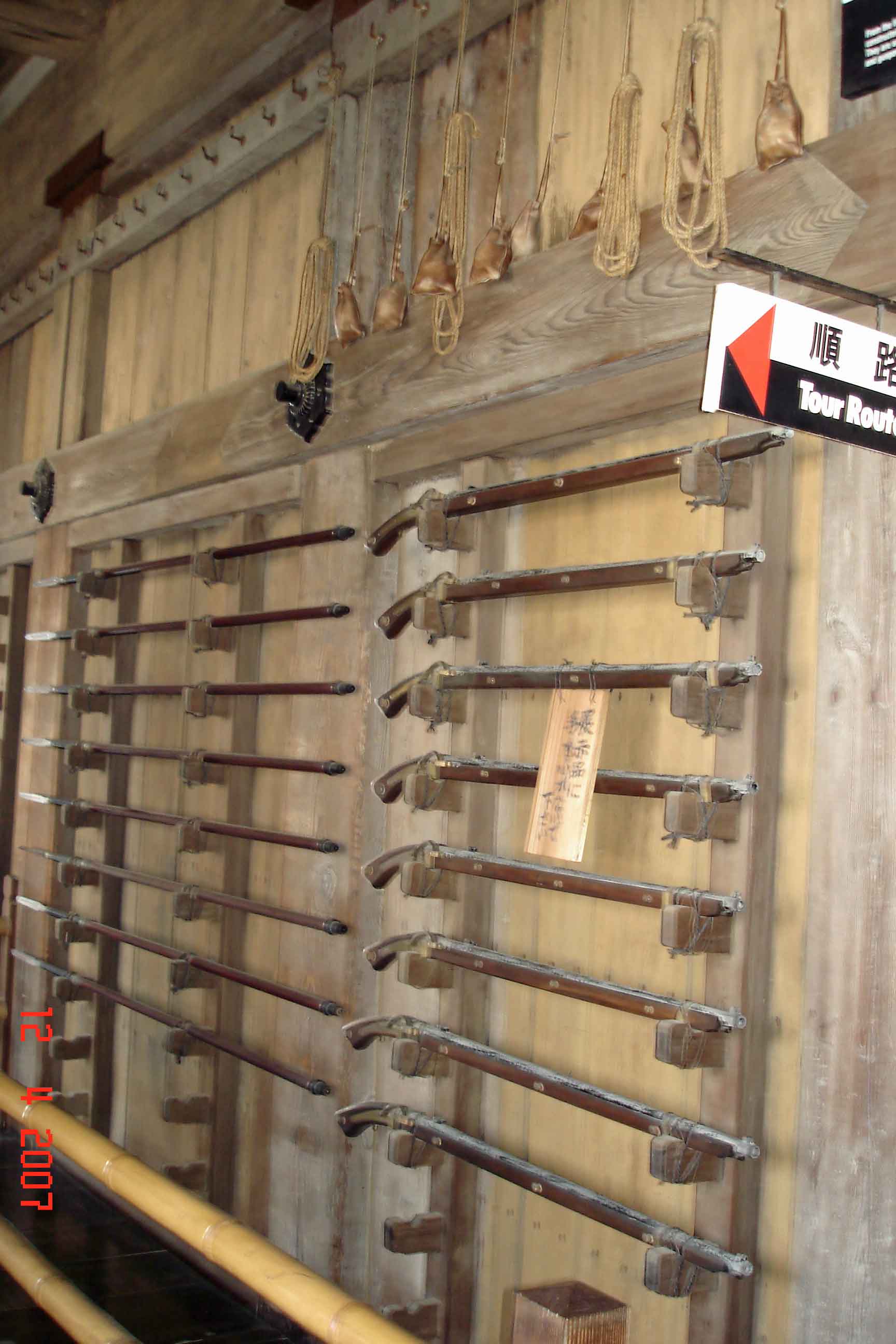
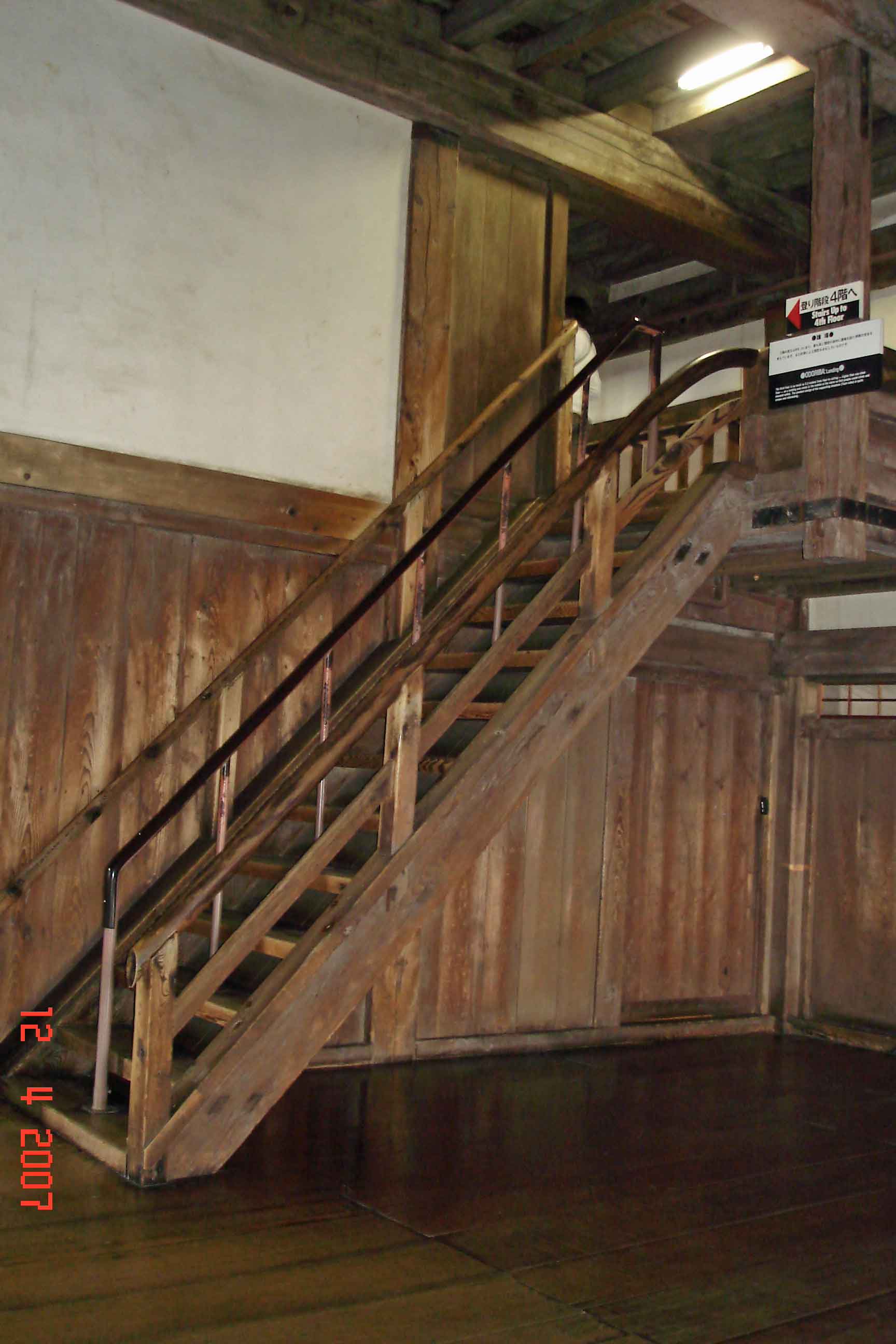
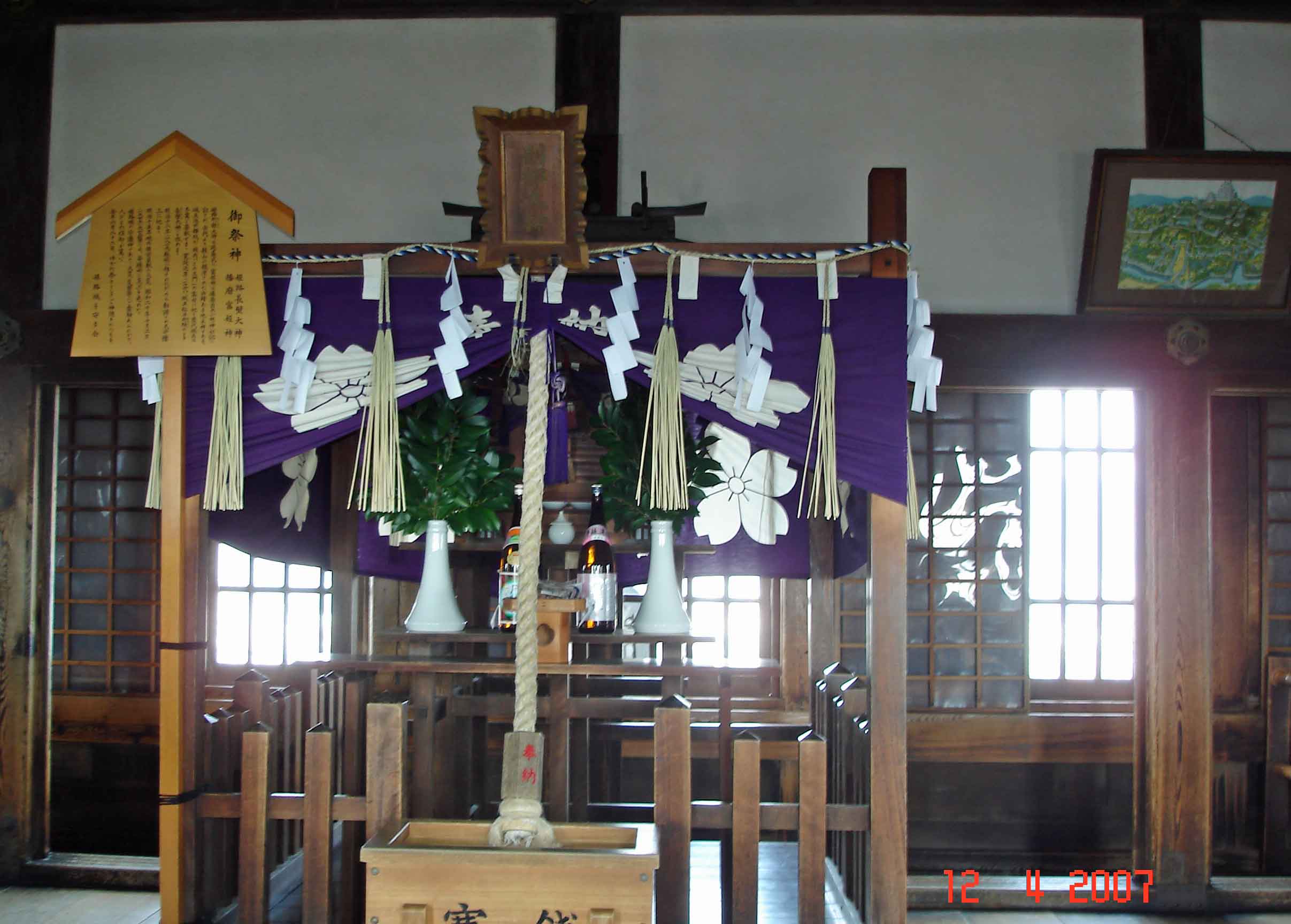
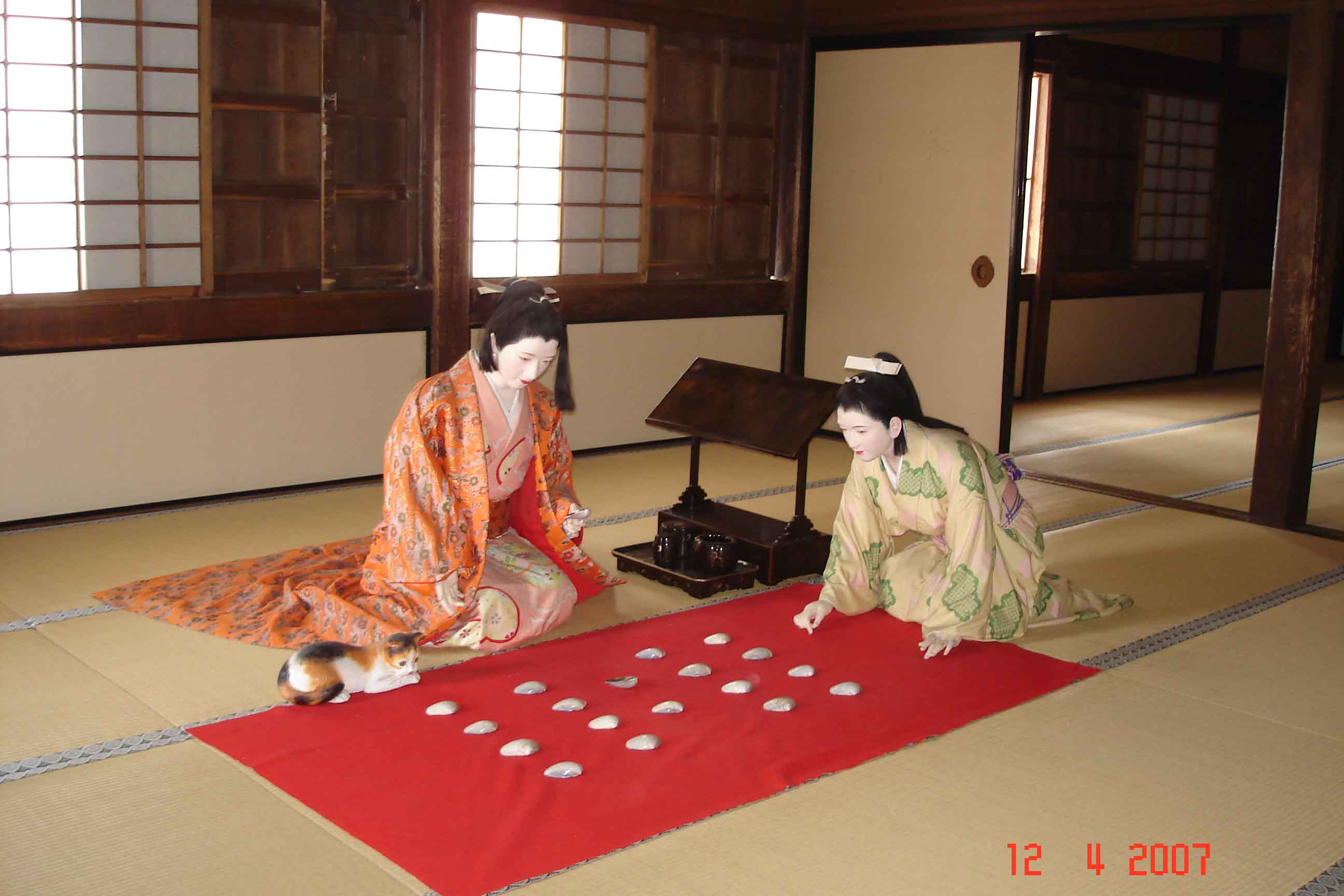
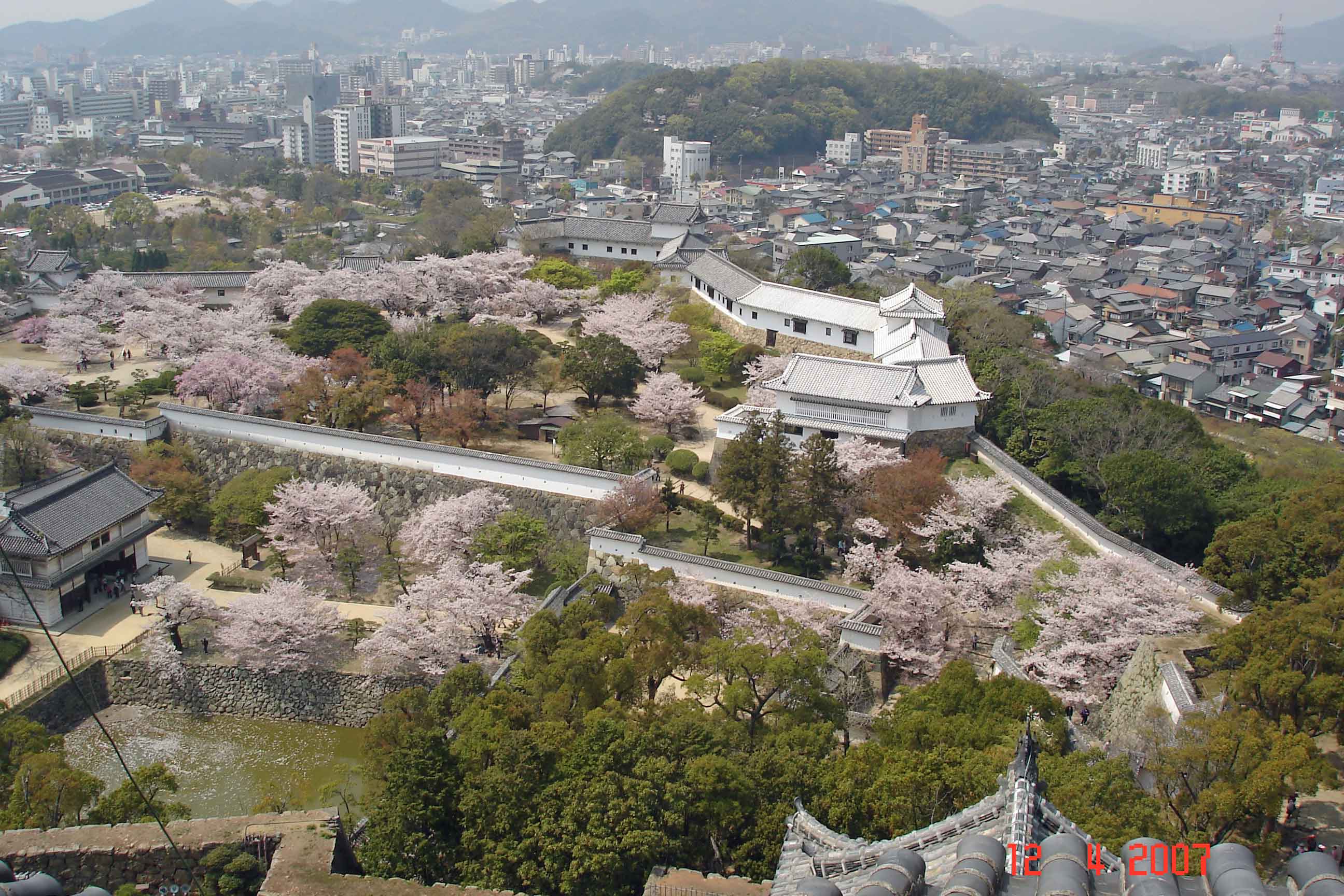
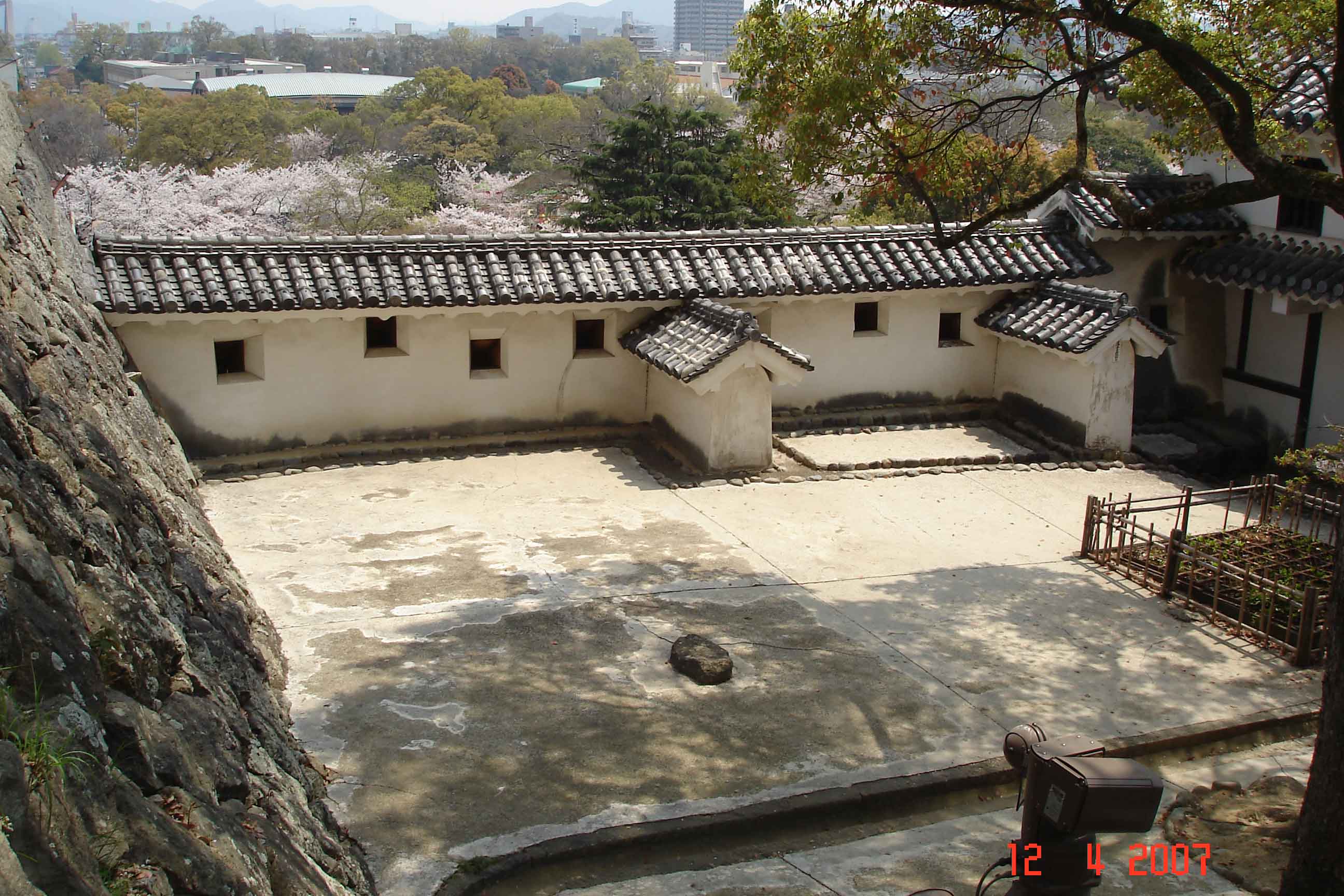
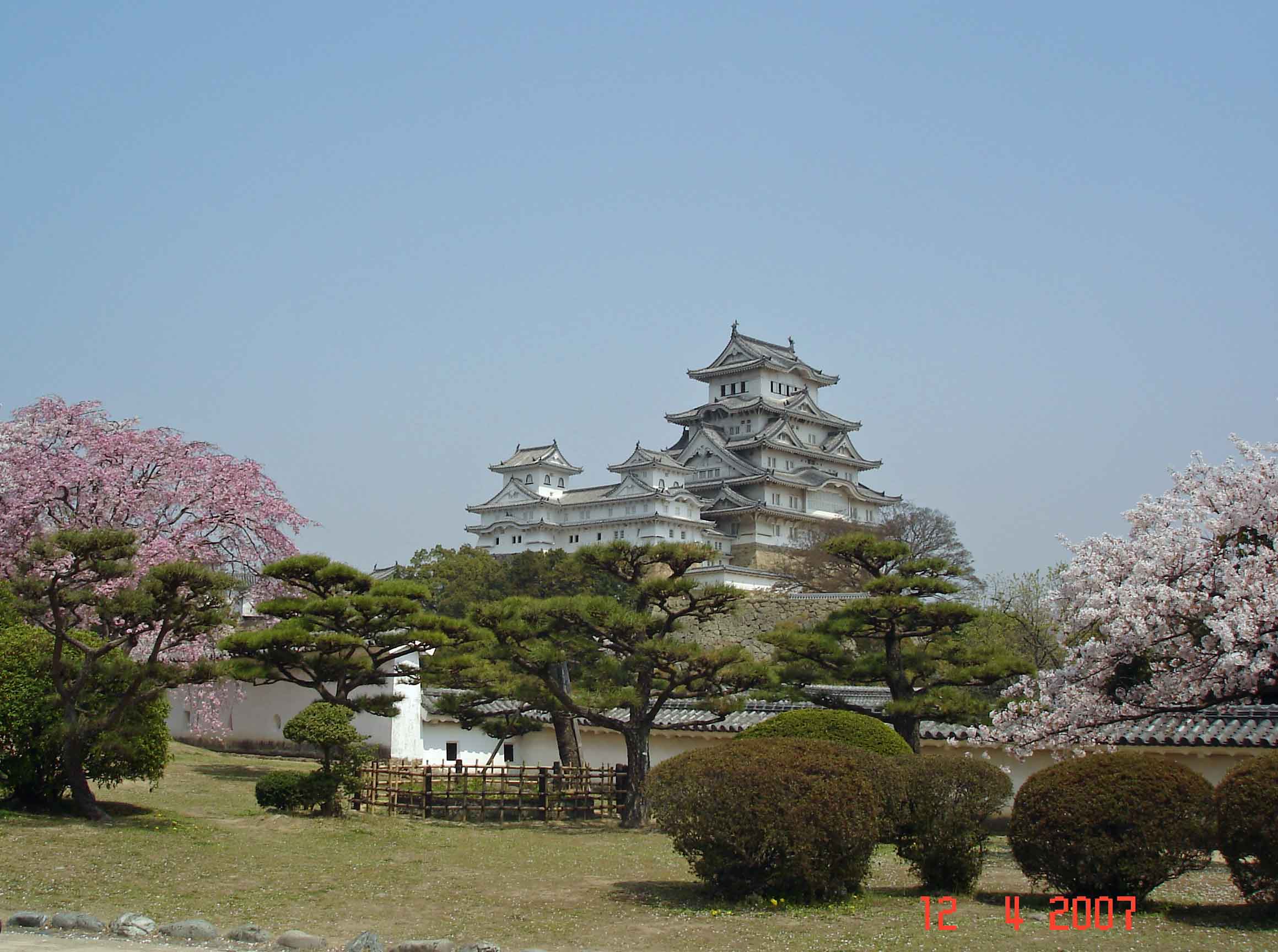
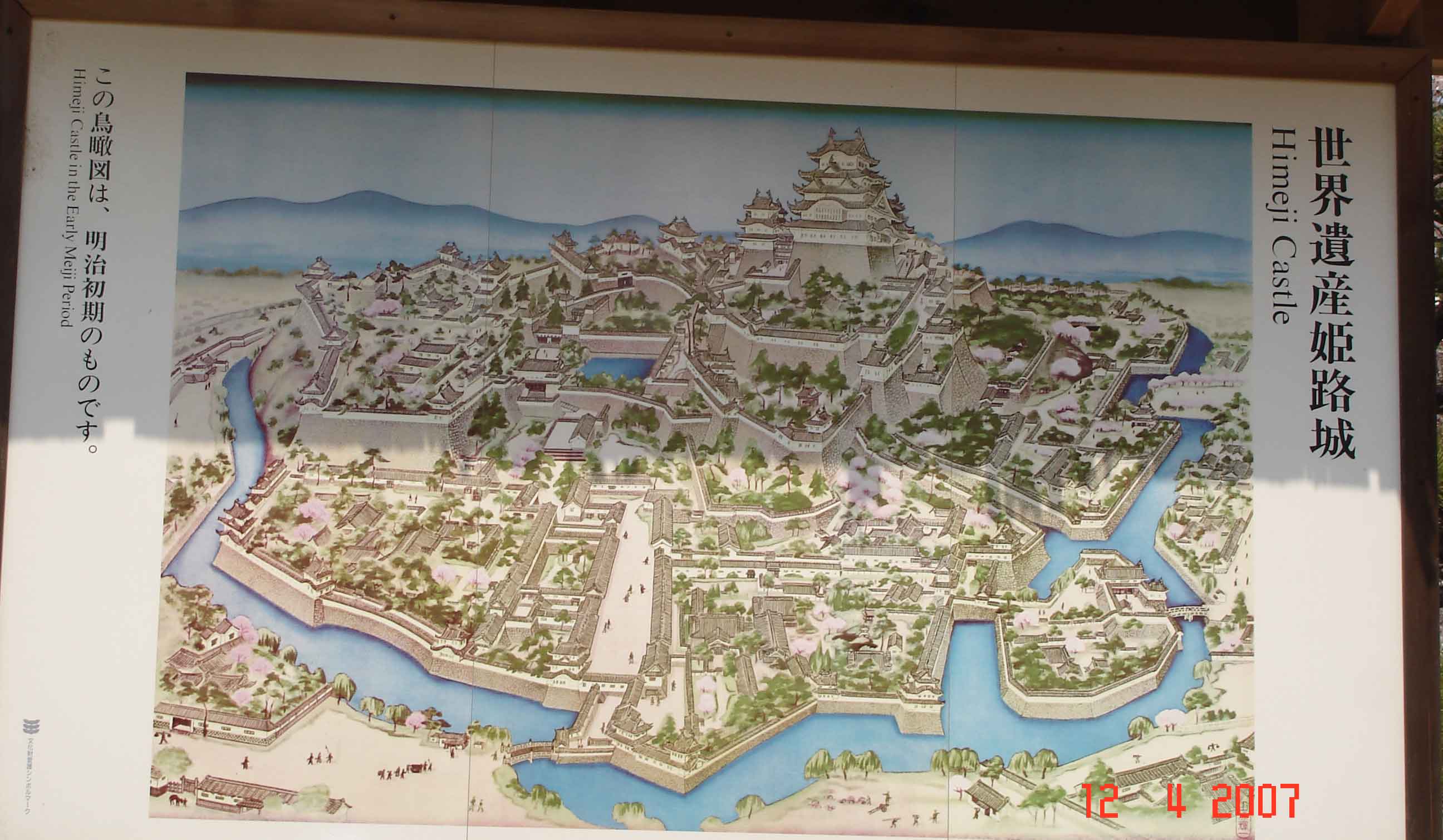
Speak Your Mind